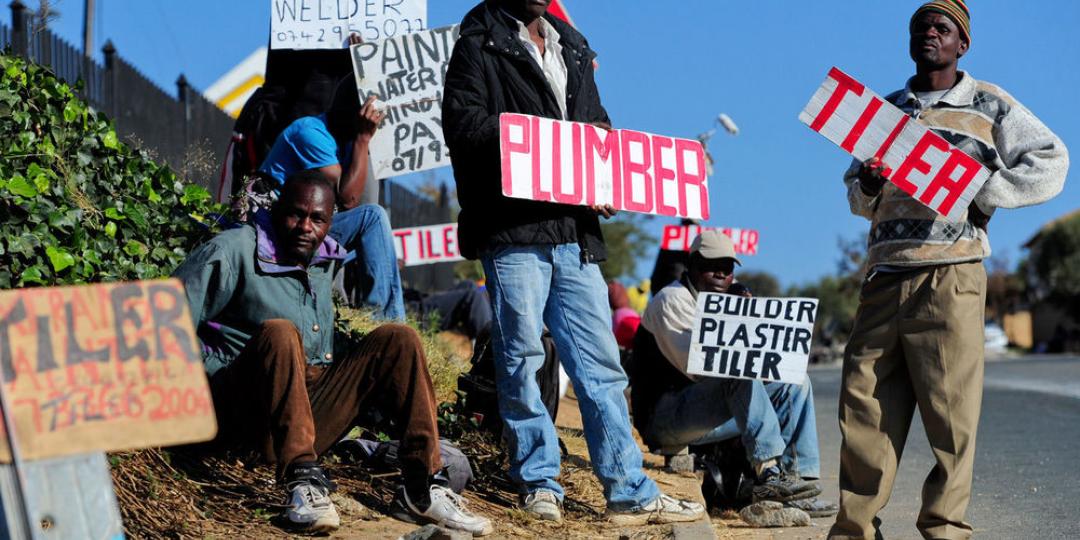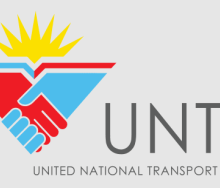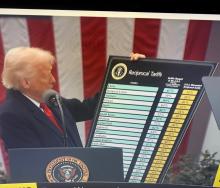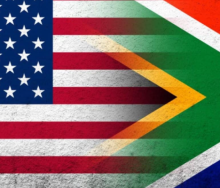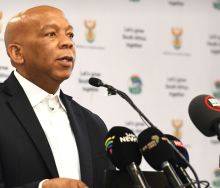South Africa’s official unemployment rate declined slightly to 34.5% as manufacturing improved in the second quarter of 2022, according to the latest data released by Statistics SA.
The expanded unemployment rate, which includes respondents who have given up looking for work, stood at 45.5% for the period, Statistics SA’s Quarterly Labour Force Survey (QLFS) revealed.
Total employment grew by 370 000 quarter on quarter but was still down by 81 000 compared with the first quarter of 2021.
BER economists noted in their weekly newsletter on Monday that the level of employment remained 1.5 million lower than the pre-pandemic level (2019Q4). The formal manufacturing (+237 000) and service (+236 000) sectors saw the biggest jump in employment figures, with steep losses in private households (-186 000) and the formal finance sector (-76 000).
“Major data collection pitfalls that led to a low QLFS response rate of 44.6% in 2021Q4 have been alleviated somewhat as the reply rate rose to 64.7% in 2022Q1. This remains below the 2020Q1 level of almost 77%,” BER said.
“While there is no doubt that the labour market remains in dire straits, the still low response rate means that the unemployment situation may be less dire than the official stats suggest.”
The Absa Producer Manufacturing Index (PMI) rose to 54.8 in May after sinking to 50.7 in April.
“The manufacturing PMI was buoyed by a significant recovery in new sales orders (58.5 versus 43.6 in April) as domestic demand conditions normalised. Exports returned to positive terrain, suggesting that the fall in April was mainly caused by Durban port/harbour disruptions as opposed to waning international demand. Although business activity also recovered in May (49.3 vs 39.6 in April), it remained below the neutral 50 mark,” BER said. “This suggests that recurring power cuts, industrial action, and the lingering effects of the April (flood) disruptions likely limited the recovery in output.”
The S&P global SA PMI, which surveys activity in the manufacturing and non-manufacturing sectors, pointed to a marginal expansion in private-sector business activity as it edged up to 50.7 in May from 50.3 in April.
“There was renewed growth in output and new orders as firms noted an improvement of business conditions in KZN. In troubling news, due to profit-eroding inflation, firms reduced their input purchases and raised their prices quite sharply in May,” BER said.
Meanwhile, according to the National Association of Automobile Manufacturers of South Africa, May domestic new vehicle sales increased by 2.1% year-on-year. However, export sales contracted by a massive 29.9% year-on-year as KZN flood-induced constraints continued to disrupt operational and logistic endeavours, including operations at Toyota’s major plant in the province.
“According to SARS, the trade surplus narrowed sharply to R15.49bn in April, well below the R47.20bn in March, and expectations of a R19.90bn surplus. The value of exports suffered between months and deteriorated by 19.1%, whilst imports contracted by ‘just’ 2.9% over the same period,” BER noted.
